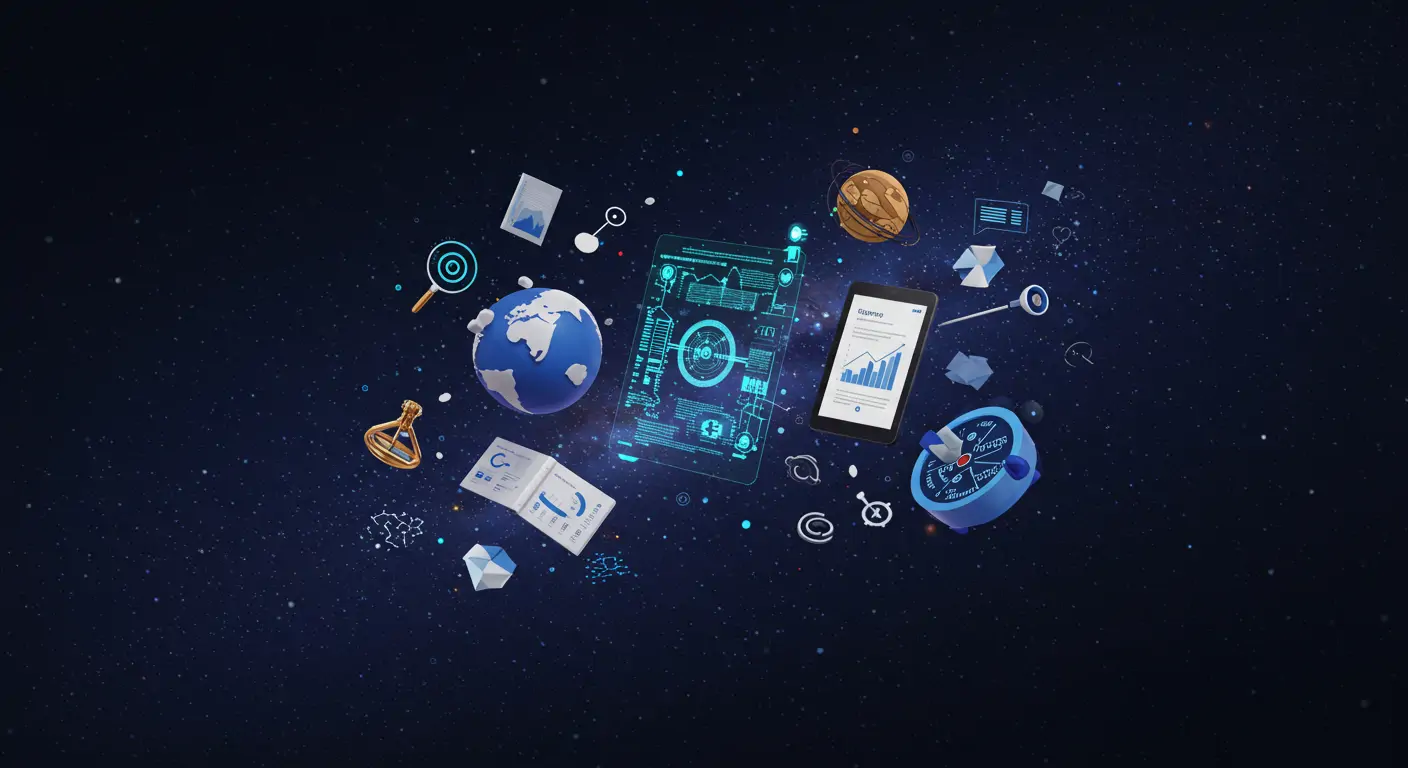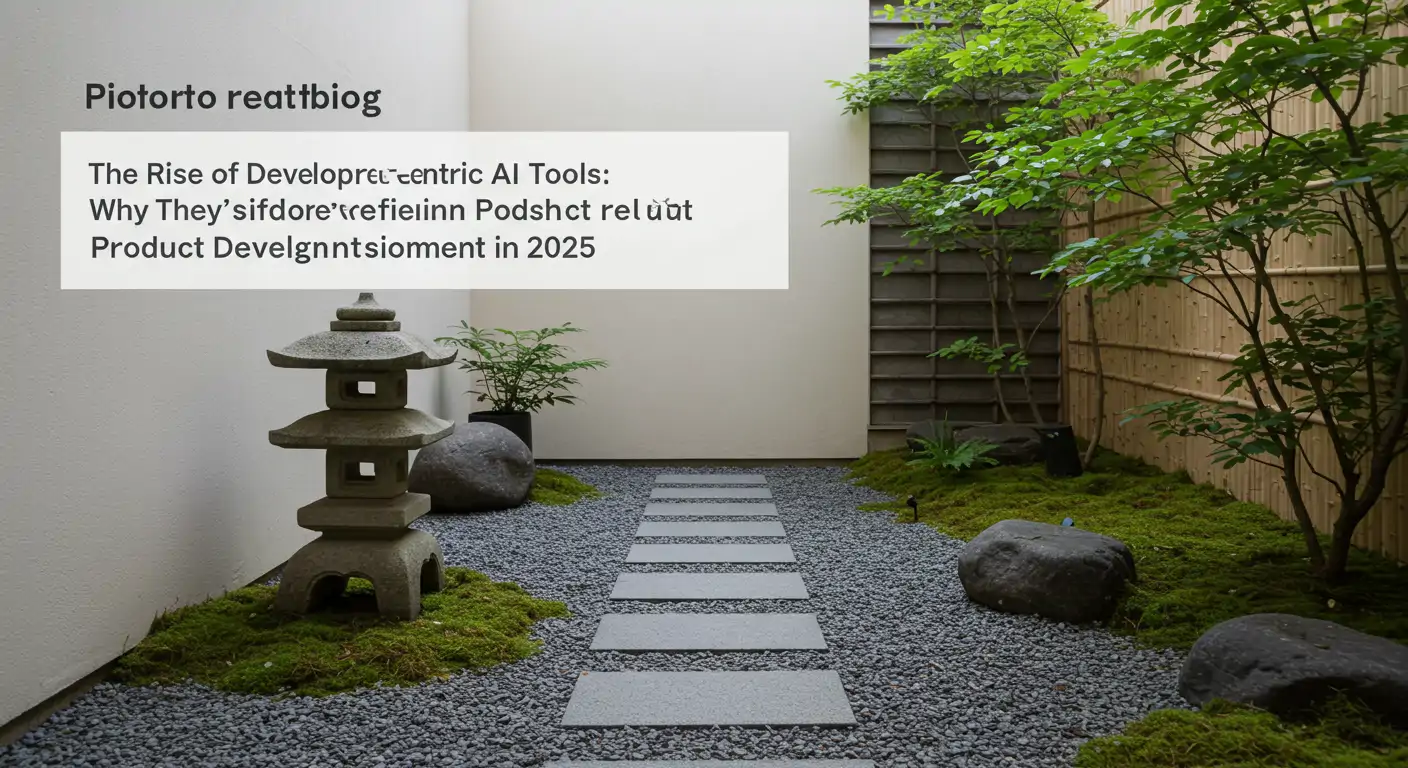Introduction: Why This Matters Now
In 2025, Decentralized Autonomous Organizations (DAOs) are at the forefront of innovation, dramatically reshaping business models across industries. Recent data from Binance Research highlights that over 1,000 DAOs have emerged globally, managing assets worth $14 billion as of Q2 2024. This shift marks a departure from traditional corporate structures, offering a new paradigm of governance and collaboration.
The rise of DAOs is pivotal for entrepreneurs, tech developers, and investors, heralding a transformation in how businesses operate and interact with stakeholders.
Read time: 12 minutes
Key Drivers: What's Fueling This Trend
Driver 1: Blockchain Maturity
Blockchain technology has matured significantly, providing a robust foundation for DAOs. Ethereum's transition to proof-of-stake in 2023 has reduced transaction costs by 90%, making it more feasible for DAOs to operate efficiently.
Driver 2: Increasing Demand for Transparency
There is a growing consumer demand for transparency and accountability, with 74% of Gen Z consumers more likely to engage with transparent companies (Deloitte, 2024).
Driver 3: Regulatory Clarity
Countries like Switzerland and Singapore have established clear legal frameworks for DAOs, encouraging more organizations to explore decentralized governance models.
Caption: Data visualization
Real-World Impact & Case Studies
Case Study 1: Aragon
In 2024, Aragon implemented a DAO framework for a global non-profit organization, reducing administrative overhead by 30% and increasing member participation by 45%. The key takeaway is the potential of DAOs to enhance operational efficiency and democratize governance.
Case Study 2: MakerDAO
MakerDAO, managing over $8 billion in assets by mid-2025, has successfully maintained stability in its DAI stablecoin, showing how DAOs can manage significant financial systems with minimal human intervention.
Case Study 3: Gitcoin
Gitcoin's use of a DAO to fund open-source projects resulted in a 67% increase in developer engagement in 2024, highlighting the efficacy of decentralized funding models.
Industry Implications
For Developers
- Learn Solidity for smart contract creation
- Explore career opportunities in blockchain development
For Businesses
- Consider strategic partnerships with DAOs
- Leverage DAOs for competitive advantages in transparency and efficiency
For Investors
- Explore market opportunities in DAO infrastructure
- Assess risk factors like token volatility
Challenges & Criticisms
Despite their potential, DAOs face challenges such as scalability issues and security vulnerabilities. The infamous DAO hack of 2016 still looms as a cautionary tale, underscoring the need for rigorous security protocols.
Critics argue that DAOs may struggle with decision-making efficiency due to their inherently democratic nature, which could be a disadvantage in rapidly changing markets.
Future Outlook: What's Next
In the short term, expect a 25% increase in DAO adoption by Q4 2025, driven by technological advances and regulatory support. Long-term, DAOs could redefine corporate governance, potentially replacing traditional corporate boards with decentralized decision-making bodies.
Key milestones include the expected launch of DAO-driven corporate entities in Europe by 2026 and advancements in DAO interoperability solutions.
Conclusion: Key Takeaways
- DAOs are rapidly reshaping business models with decentralized governance.
- Blockchain maturity and transparency demand are key drivers.
- Real-world implementations demonstrate significant efficiency gains.
- Prepare for both opportunities and challenges as DAOs evolve.
To learn more, explore resources from blockchain educational platforms and industry reports.




